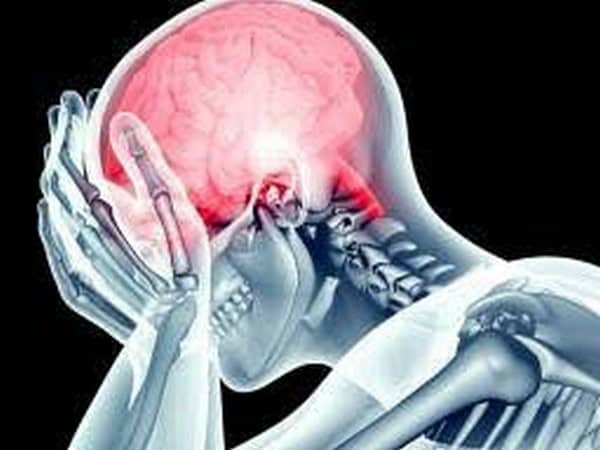Washington: Scientists have discovered a unique behaviour (kugeln) of brain’s blood vessels in zebrafish which could probably give an insight into some forms of stroke in humans.
The study was published in the journal ‘EMBO Reports’.
No cell has ever been shown to develop kugeln in the past, possibly because they are easily mistaken for normal blood vessels. Kugeln contains a molecule called nitric oxide which is essential for the health of blood vessels.
Tim Chico, lead author of the study said, “Stroke is a devastating disease that affects millions of people and their families each year across the world. It is extremely exciting to discover an entirely new process that only happens in brain blood vessels because this might explain why some mutations cause stroke but not diseases of other arteries.”
Some forms of stroke are caused by mutations in genes which the Sheffield researchers have shown are required to form kugeln.
Although the function of kugeln is not yet fully understood, this link to genetic forms of stroke could provide new insights into neurological and cardiovascular research.
“If we can discover the function of kugeln, we may be able to manipulate them to reduce the effects of stroke,” Chico added.
Elisabeth Kugler, the main author of the study said, “The finding of kugeln highlights the need for basic research to understand the mechanisms of development and disease.”
“We share 70 per cent of our genes with zebrafish. Therefore, zebrafish are hugely important for understanding processes that can lead to human disease,” said Kugler.
The next step for researchers is to establish whether kugeln are present in human brains as well as gaining a deeper understanding of the mechanisms and functions of kugeln.
[source_without_link]ANI[/source_without_link]

